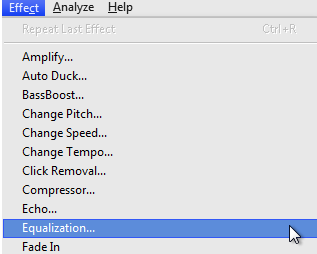

Audio editors almost always come with some form of time and pitch processors, and simply by lowering the pitch, the sound will become longer. Slow it down: by slowing the sound down, it becomes longer in length. If looping, make sure the audio doesn’t have any glaringly obvious noises that when looped will become repetitive and annoying. Cross fading the loop points is a good way to avoid this. Looping: this can be a quick fix, however be sure that the loop points don’t click, or there are no obvious sounds that are cut off at the loop point. If you’ve found the perfect background sound but it’s too short, you can make it longer in a few ways. Using an audio editor (see the list at the bottom of this page for suggested editors) you can trim the audio to the desired length and make any other edits required.

Sometimes referred to simply as a room tone, atmosphere or ambience, mostly these sounds are long recordings of at least 1 minute (we try to record for 3 to 5 minutes) giving you plenty of length to fit into your work. All too often I see an independent movie or listen to a podcast where the background audio is far too loud, or too busy, taking away the focus from the dialogue or action. Using background sounds effectively may mean you need to add effects such as reverb or EQ to get it to fit and watch your levels. For example, a rural ambience with birds and wind for an outside countryside scene, or a droning room tone for something darker. If your podcast is in a narrative style, you might decide on a sound that compliments the time and space of each scene. They tend to be used to add atmosphere, set a scene or simply to add mood to the work.

They’re typically sounds which are subtle and can go unnoticed (if added well). So let’s break it down…īackground sounds come in various shapes and sizes. We’re not just talking about categories of sounds here, but also how they can be used creatively. There are different types of sounds and how you use them will depend entirely on your particular style and genre of podcast.


 0 kommentar(er)
0 kommentar(er)
